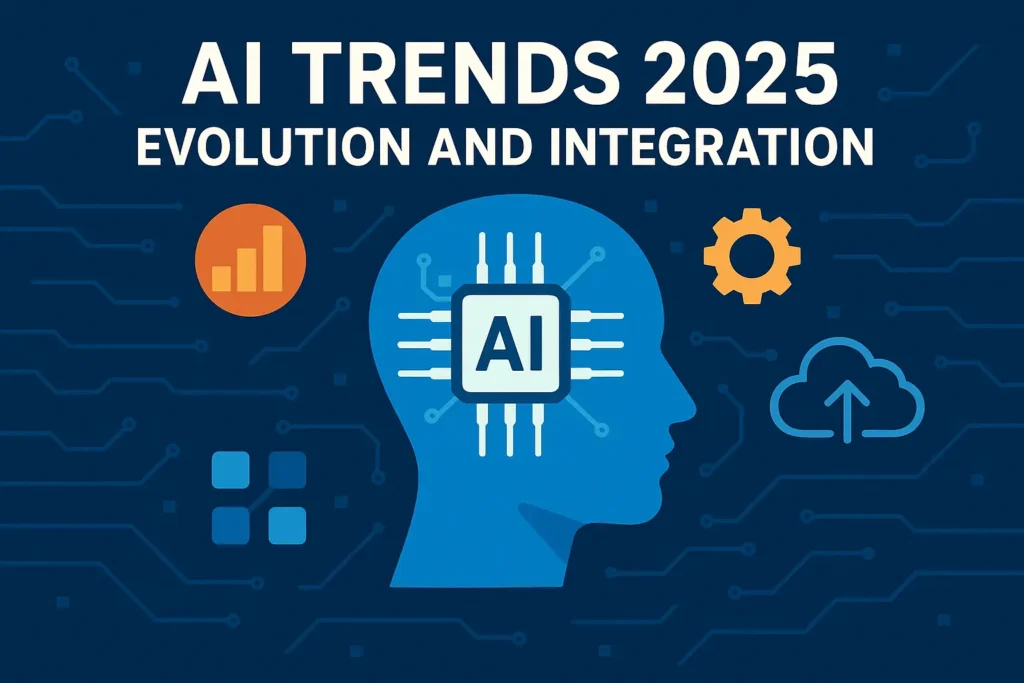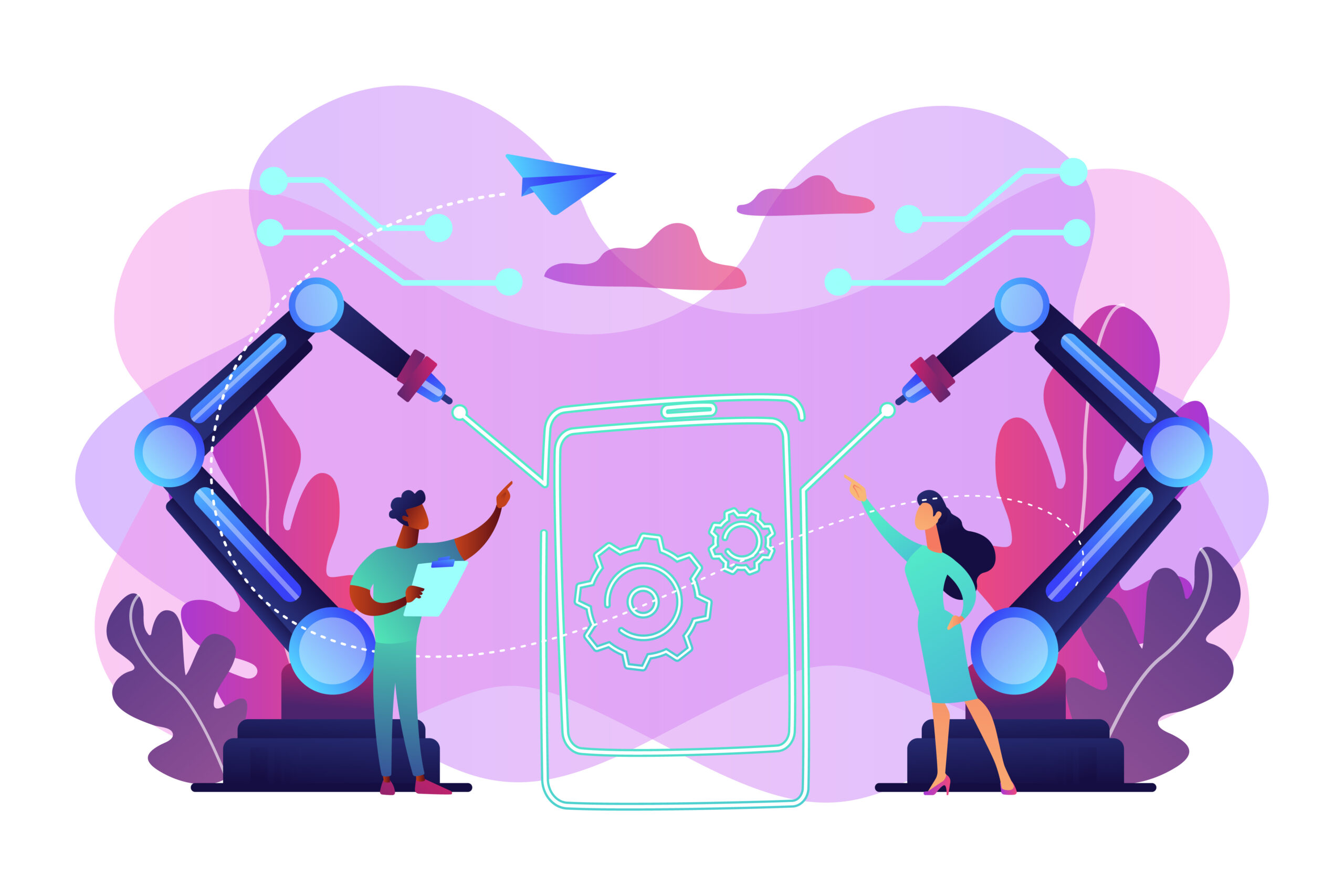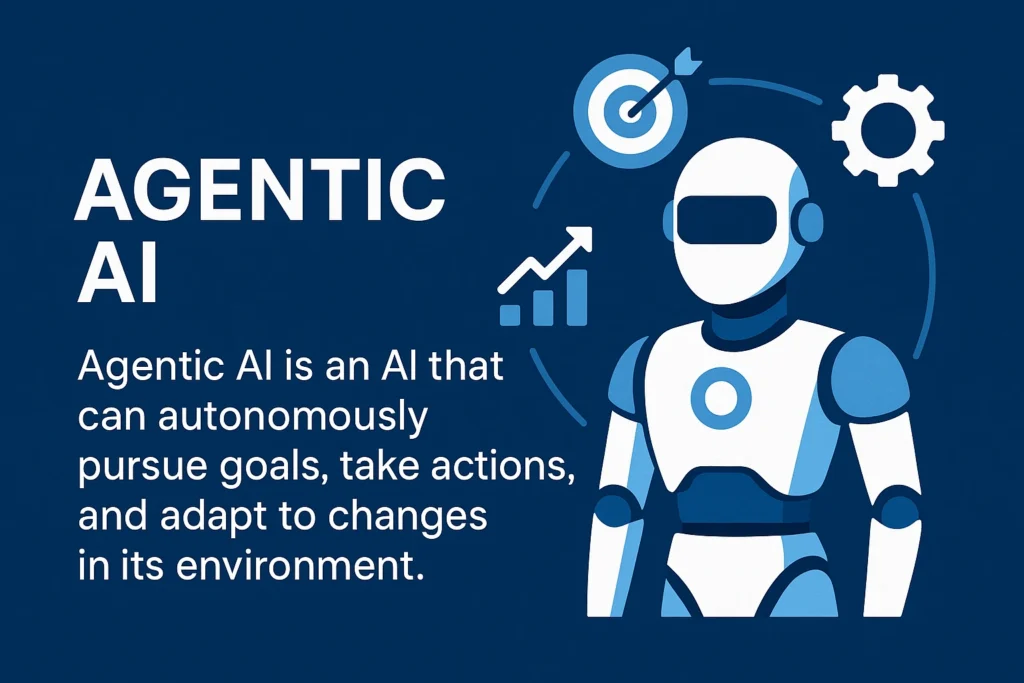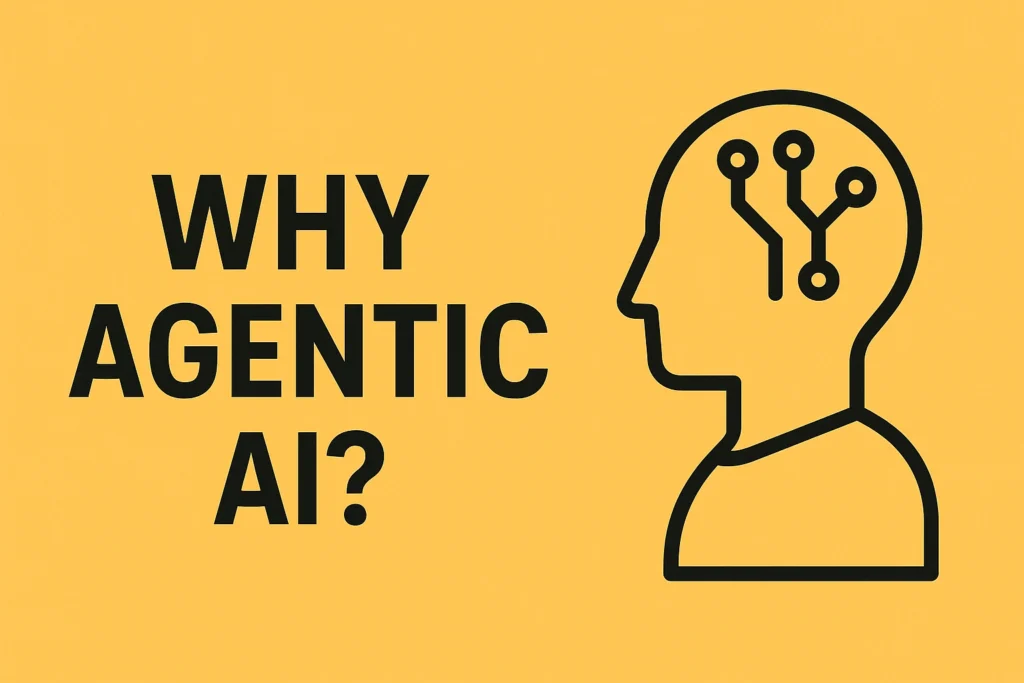Table of Contents
ToggleAI Trends 2025: Evolution and Integration

AI Trends for 2025
Get the sharpest AI predictions for 2025—key takeaways and quotes straight from AI Trends for 2025.
I. Overview
"AI Trends for 2025," offers
"educated guesses"
on eight significant AI trends for the upcoming year.II. The Must-Know Highlights
1. The Rise of "Agenetic AI"
A prominent theme is the continued development and increasing utility of AI agents. These are defined as
"intelligence systems that can reason, they can plan and they can take action."
They are designed to"break down complex problems to create multi step plans and that can interact with tools and databases to achieve goals."
While current models struggle with"consistent logical reasoning"
in complex scenarios, the demand for well-performing AI agents is high, indicating significant development in this area for 2025.2. Enhanced Inference-Time Compute
A crucial technical advancement highlighted is the ability of new AI models to
"spend some time thinking before giving you an answer"
during inference. This"inference reasoning"
is tunable and can be improved"without having to train and tweak the underlying model."
This implies a dual approach to improving AI reasoning:"at training time with better quality training data, but now also inference time with better chain of thought training, which could ultimately lead to smarter AI agents."
This development is expected to lead to more sophisticated AI capabilities.3. Divergent Model Sizes: Very Large and Very Small Models
2025 is predicted to see a push towards
"very large models"
and simultaneously,"very small models."
- Very Large Models: Frontier models in 2024 were in the
"1 to 2 trillion parameters in size,"
but the"next generation of models are expected to be many times larger than that, perhaps upwards of 50 trillion parameters."
This suggests a continued pursuit of scale for more comprehensive AI. - Very Small Models: Counterintuitively, 2025 may also be the year of
"very small models, models that are only a few billion parameters in size."
These models are significant because they"don't need huge data centers loaded with stacks of GPUs to operate"
and"can run on your laptop or even on your phone,"
enabling more localized and accessible AI applications for"specific tasks without requiring large compute overhead."
4. Advanced Enterprise Use Cases
While 2024 saw AI primarily used for
"improving customer experience, IT operations and automation, virtual assistants and cyber security"
in enterprises, 2025 is expected to bring"more advanced use cases."
Examples include"customer service bots that can actually solve complex problems instead of just routing ticket," "AI systems that can proactively optimize entire IT networks,"
and"security tools that can adapt to new threats in real time."
This indicates a shift towards more sophisticated problem-solving and proactive capabilities within enterprise AI.5. Near-Infinite Memory for AI
The concept of
"near infinite memory"
for AI is gaining traction. The significant increase in"context windows"
from"a mere 2000 tokens"
to"hundreds of thousands or even the millions of tokens"
suggests that"bots can keep everything they know about us in memory at all times."
This will lead to an era where"customer service chat bots can recall every conversation it has ever had with us,"
promising a highly personalized and continuous user experience.6. Human-in-the-Loop Augmentation: The Need for Seamless Integration
The integration of AI with human workflows, referred to as
"human in the loop augmentation,"
is a critical area for improvement. A study cited shows that while a chatbot alone outperformed physicians in clinical reasoning,"the doctor plus chat bot group also scored lower than when the chat bot was asked to solve the cases alone."
This highlights a current"failing of AI and human augmentation,"
where the combined system isn't always smarter than its individual components. The challenge lies in the difficulty of"prompting LLM chat bots,"
necessitating"better systems that allow professionals to augment AI tools into their workflow without those professionals needing to be experts in how to use AI."
---III. Conclusion
The "AI Trends for 2025" source paints a picture of rapid evolution in the AI landscape. Key developments center around more capable and reasoning-driven AI agents, advancements in how models
"think"
during inference, a dichotomy in model sizes allowing for both massive and highly localized AI, and a push towards more sophisticated enterprise applications. The increasing memory capacity of AI systems promises highly personalized interactions. Finally, a significant focus will be on improving the seamless and effective integration of AI with human expertise, ensuring that human-AI collaboration truly leads to superior outcomes.AI Trends for 2025: FAQ
What is Agentic AI and why is it a significant trend for 2025?
Agentic AI refers to intelligent systems capable of reasoning, planning, and taking action to achieve specific goals. They can break down complex problems into multi-step plans and interact with tools and databases. While current models struggle with consistent logical reasoning in complex scenarios, the development of more robust models in 2025 is expected to lead to well-performing AI agents that can effectively tackle intricate tasks. This trend is driven by a clear demand for AI that can go beyond simple execution to handle more nuanced problems.
How will "inference time compute" enhance AI models in 2025?
Inference time compute is a development where new AI models extend the processing time during inference, essentially allowing them to "think" before generating an answer. The duration of this "thinking" is variable, depending on the complexity of the reasoning required. What makes this significant is that this reasoning can be tuned and improved without needing to retrain the underlying model. This means that AI's reasoning capabilities can be enhanced not only during training (with better data) but also during inference (with improved chain-of-thought processing), ultimately contributing to smarter AI agents.
What is the expected range in size for AI models in 2025, and what are the implications of this range?
In 2025, AI models are expected to span a wide range of sizes. Frontier models are anticipated to grow significantly larger, potentially reaching upwards of 50 trillion parameters, far exceeding the 1-2 trillion parameters seen in 2024. Conversely, 2025 is also projected to be the year of "very small models," with only a few billion parameters. These smaller models are notable because they can run on personal devices like laptops and phones without requiring extensive computing resources or large data centers, making AI more accessible and capable of performing specific tasks efficiently on local devices.
How will enterprise AI use cases evolve in 2025 compared to 2024?
In 2024, common enterprise AI use cases focused on improving customer experience, IT operations and automation, virtual assistants, and cybersecurity. Looking ahead to 2025, AI is expected to enable more advanced use cases. This includes customer service bots capable of solving complex problems (beyond just routing tickets), AI systems that can proactively optimize entire IT networks, and security tools that can adapt to new threats in real-time. The shift indicates a move from basic support functions to more sophisticated, problem-solving, and adaptive AI applications within enterprises.
What is "near-infinite memory" in the context of AI, and what are its potential implications for user interaction?
"Near-infinite memory" refers to the growing ability of AI models, particularly chatbots, to retain a vast amount of past information and conversations with users. While earlier models had limited context windows (e.g., 2,000 tokens), current models can handle hundreds of thousands or even millions of tokens. This trend suggests that in the near future, customer service chatbots, for example, will be able to recall every conversation they've ever had with a user. This could lead to a more personalized and seamless user experience, as AI systems will have a comprehensive understanding of past interactions and preferences.
What is "human-in-the-loop augmentation," and what challenge does it currently face?
Human-in-the-loop augmentation involves combining human expertise with AI systems to achieve better outcomes than either could achieve alone. An example cited is a study where a chatbot outperformed physicians in clinical reasoning, but doctors using the chatbot performed worse than the chatbot alone. This highlights a current challenge: effectively integrating AI tools into professional workflows without requiring the human professional to be an expert in AI usage or prompt engineering. The goal for 2025 is to develop better systems that allow professionals to seamlessly leverage AI's capabilities to enhance their own performance.
How can the reasoning capabilities of Large Language Models (LLMs) be improved?
The reasoning capabilities of Large Language Models (LLMs) can be improved in two primary ways. Firstly, at the training stage, by using better quality training data to refine the model's parameters. Secondly, and increasingly significant for 2025, is through "inference time compute." This involves extending the time an LLM spends "thinking" before providing an answer, and crucially, improving this inference-time reasoning through techniques like "chain of thought training." This allows for enhancements to reasoning without the need for full model retraining.
What is the role of the audience in identifying future AI trends, according to the source?
The source actively solicits the audience's input for identifying important AI trends. In a previous "2024 Trends" video, the speaker turned the final trend over to the viewers, and received hundreds of insightful thoughts. This approach is being replicated for 2025, suggesting that the collective wisdom and observations of the AI community and users are considered a valuable source for identifying emerging and significant trends in the field.
Posts Gallery

Agentic AI for Enterprise Automation
Discover how Agentic AI revolutionizes enterprise automation, boosting efficiency and strategic decision-making.
Read More →
How Agentic AI Works: Intent to Execution
Unpack the intricate process of Agentic AI, from understanding user intent to executing complex tasks autonomously.
Read More →
Purpose & Use Cases of Agentic AI
Explore the diverse applications and strategic importance of Agentic AI across various industries and daily operations.
Read More →
What is Agentic AI?
A foundational article explaining the core concepts of Agentic AI, defining its components and its role in modern automation.
Read More →
Why Agentic AI?
Understand the compelling reasons and significant benefits that make Agentic AI a transformative technology for efficiency and innovation.
Read More →
AI Tools Spotlight
A comprehensive overview of cutting-edge AI tools that are shaping the future of automation and intelligent systems.
Read More →

